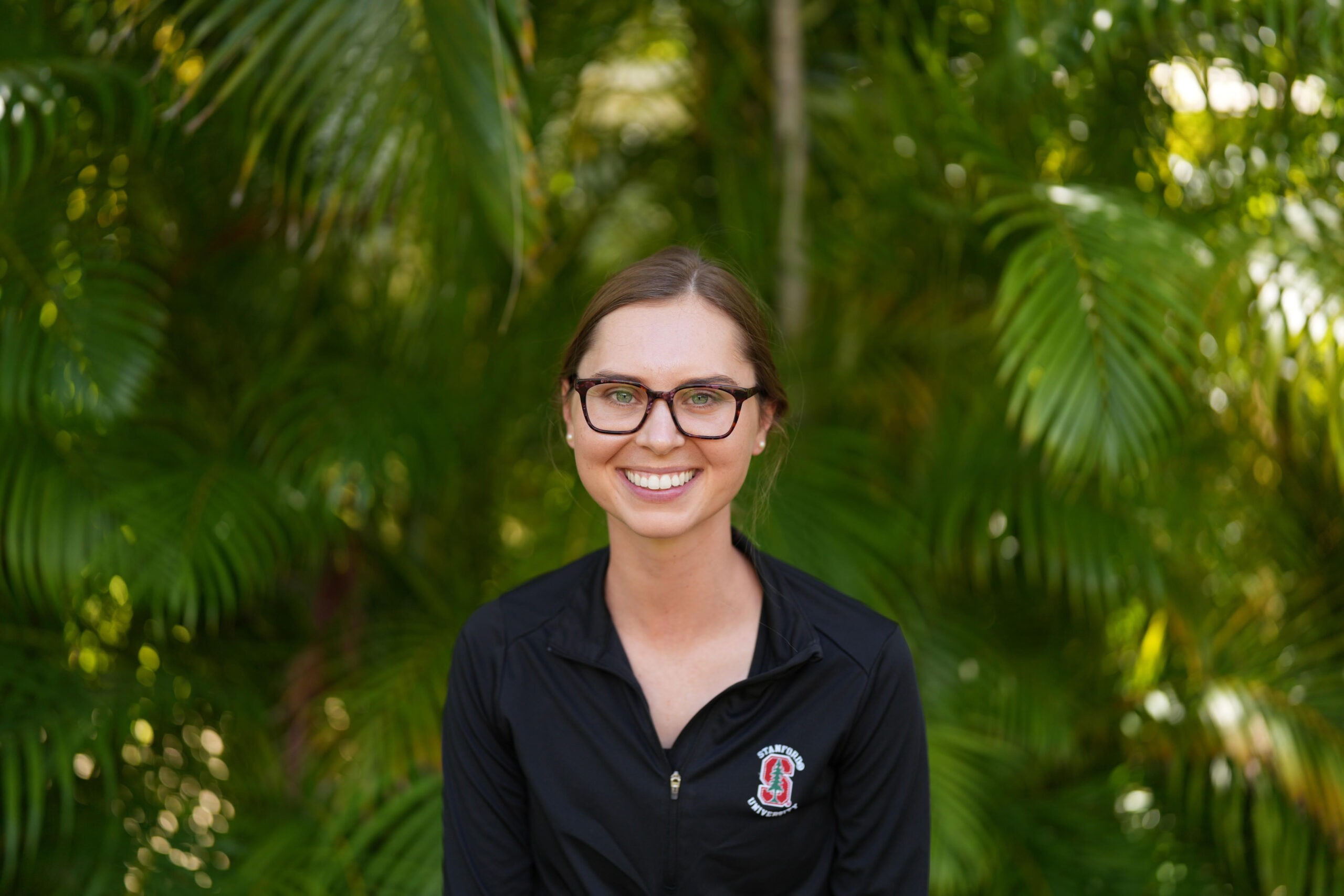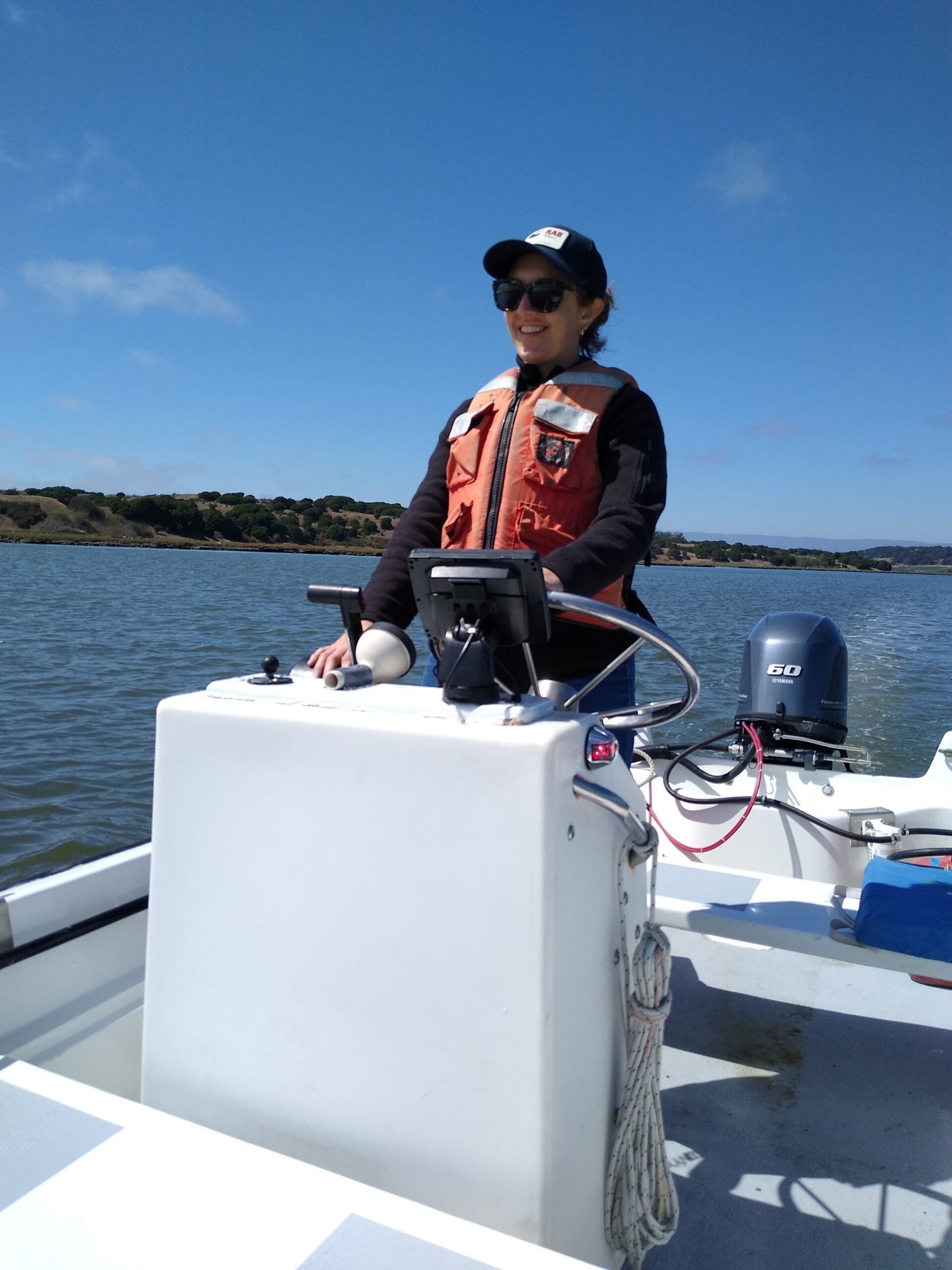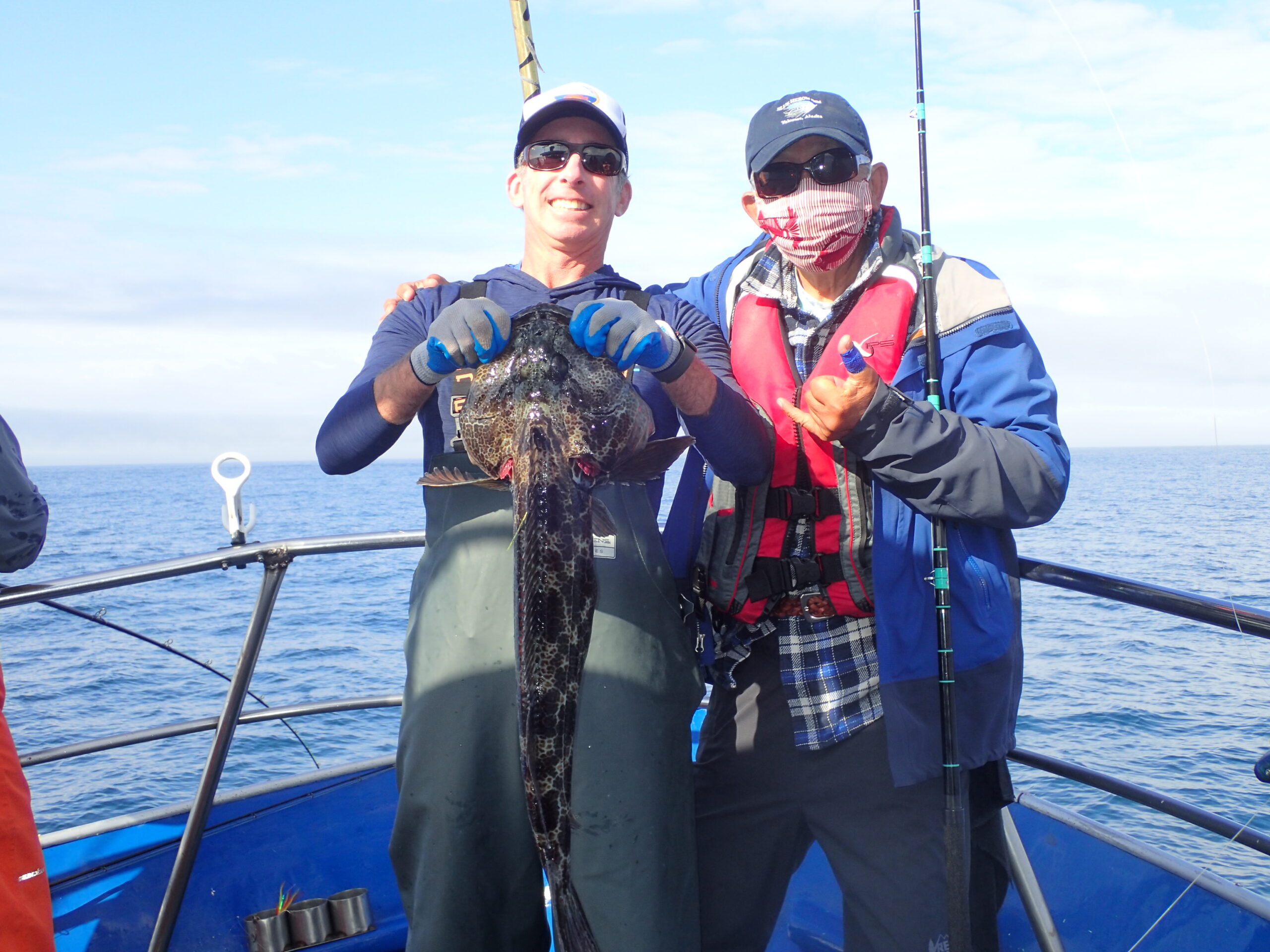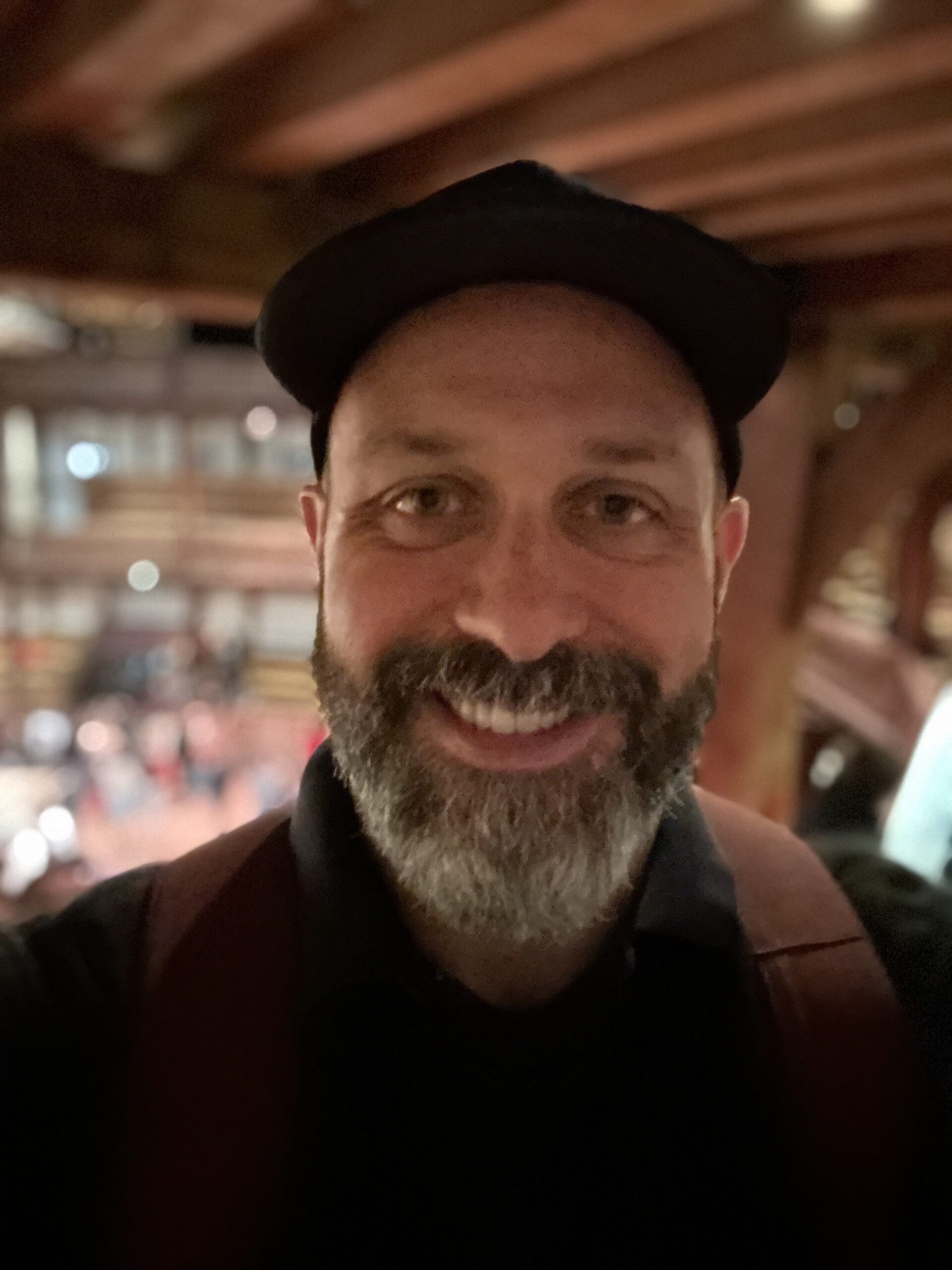Dr. Mercedes Pozo Buil | UCSC/NOAA
Presenting: "Shaping the Future of the California Current: Insights from Seasonal Forecasts to Climate Change Projections."
Hosted by the MLML Physical Oceanography Lab
MLML Seminar | October 22nd, 2024 at 4pm (PDT)
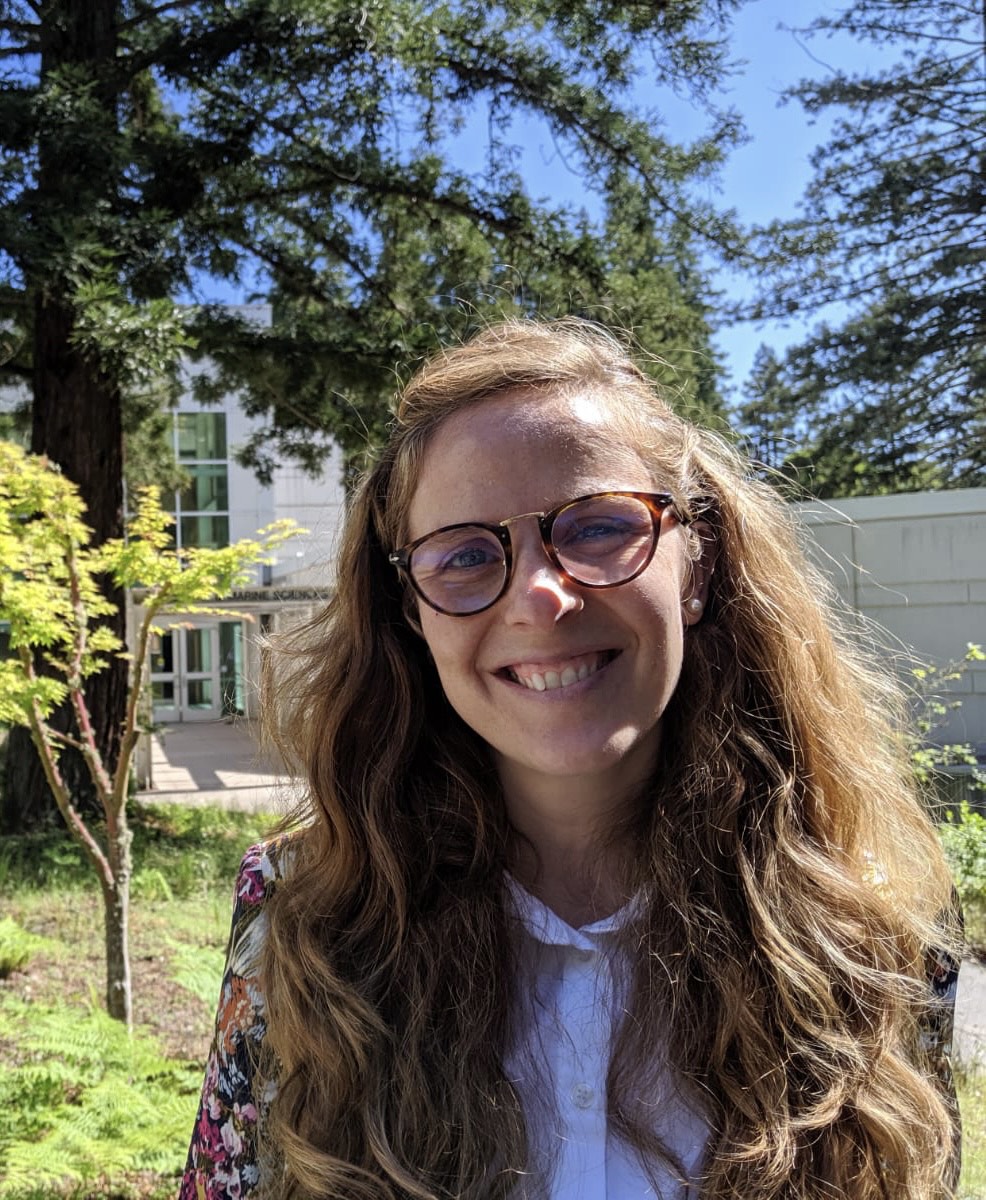
Shaping the Future of California Currents: Insights from Seasonal Forecasts to Climate Projections
The California Current Ecosystem (CCE) is a highly productive eastern boundary upwelling system, in which seasonal upwelling fuels primary production that supports a thriving marine ecosystem and socioeconomically valuable services including fisheries and tourism. The CCE and its resources are strongly driven by changes in the physical and biogeochemical environment, both of which experience considerable variability on timescales ranging from days to centuries. Prognostic information on this variability is therefore highly desirable for marine resource users, for example managers of fisheries whose target populations are sensitive to variations in the climate system. In this presentation, I will present a number of recent and ongoing efforts that have begun to explore the predictability and forecast skill of physical and biogeochemical properties in the CCE on seasonal-to-interannual (~1-24 months), decadal (~5- 20 years) and long-term (~50-100 years) timescales. I will also describe, when known, the physical mechanisms driving predictability in that range of timescales. Skillful forecasts and predictions of the physical and biogeochemical state in the CCE have the potential to provide actionable information to those managing the CC marine resources.
Dr. Mercedes Pozo Buil
Associate Project Scientist, UCSC/NOAA
Dr. Mercedes (Mer) Pozo Buil is a physical oceanographer interested in ocean modelling, climate change, ocean and climate dynamics, and decadal climate variability and its impact on marine ecosystems. She is an Associate Project Scientist at the University of California Santa Cruz in the Institute of Marine Sciences, working at the Ecosystem Science Division of the NOAA Southwest Fisheries Sciences Center in Monterey, California. Mer received two bachelor of science degrees in marine and environmental science, and a master’s degree in physical oceanography from the University of Cadiz in Spain. She holds a doctoral degree from the Georgia Institute of Technology.



